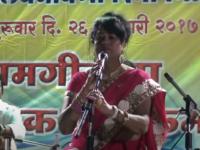Ambedkar Jayanti 2020 : Rare photos of Dr. Babasaheb Ambedkar
By Lokmat English Desk | Published: April 14, 2020 11:11 AM2020-04-14T11:11:43+5:302020-04-14T11:11:43+5:30

The 129th birth anniversary of Dr. Babasaheb Ambedkar, the architect of the Indian Constitution, is being celebrated in homes worldwide. This year, Dr. Babasaheb Ambedkar's birth anniversary is being celebrated online all over the world due to the coronavirus lockdown.
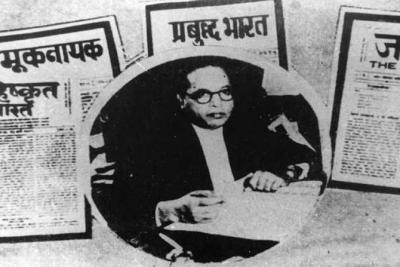
The newspapers started by Ambedkar are Muknayak (1949), Exiled India (1919), Samanta (1919), Janata (1949), Prabuddha Bharat (1949, People's Name).
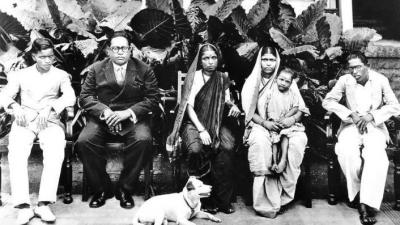
Ambedkar was the first Indian to pursue a doctorate in economics abroad.

Ambedkar's first wife Ramabai died in 1935 after a long illness. He went to Bombay for treatment, and there met Dr. Sharada Kabir, whom he married on 15 April 1948, at his home in New Delhi. Doctors recommended a companion who was a good cook and had medical knowledge to care for him. She adopted the name Savita Ambedkar and cared for him the rest of his life.Savita Ambedkar, who was called 'Mai', died on May 29, 2003, aged 93 at Mehrauli, New Delhi.
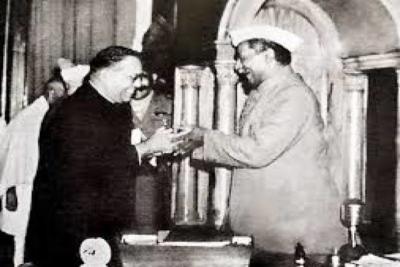
India's highest civilian award, Bharat Ratna, was conferred the title "Bodhisattva" at the World Buddhist Conference in Kathmandu in 1959.
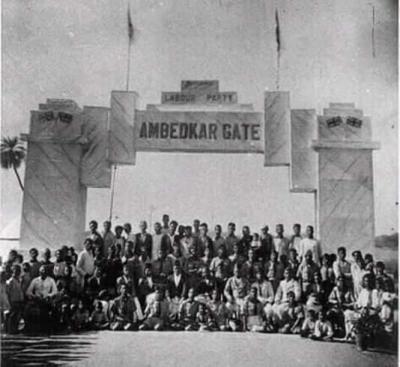
Babasaheb was the chairman of the Drafting Committee of the Constitution of India. He was also the first labor minister of Independent India.
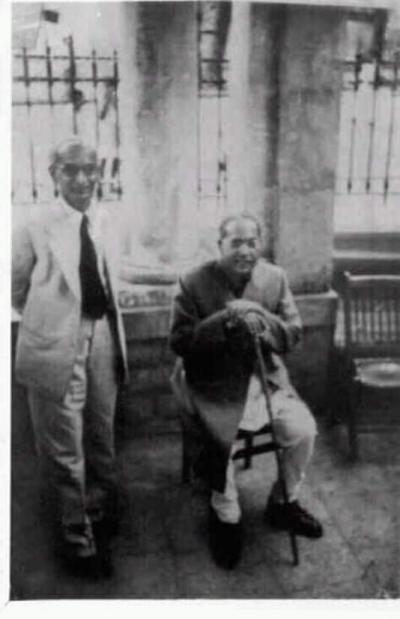
Dr. Babasaheb Ambedkar b. R. He was trained in painting by Madilgaker. Babasaheb also loved playing the violin.

After World War II, Babasaheb contributed greatly to India's economic development. He was a member of the Reconstruction Committee of Council (RCC). The then President Rajendra Prasad entrusted him with the responsibility of irrigation and electricity.
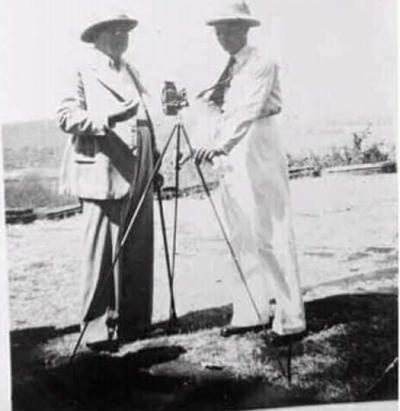
Ambedkar considered converting to Sikhism, which encouraged opposition to oppression and so appealed to leaders of scheduled castes. But after meeting with Sikh leaders, he concluded that he might get "second-rate" Sikh status, as described by scholar Stephen P. Cohen.
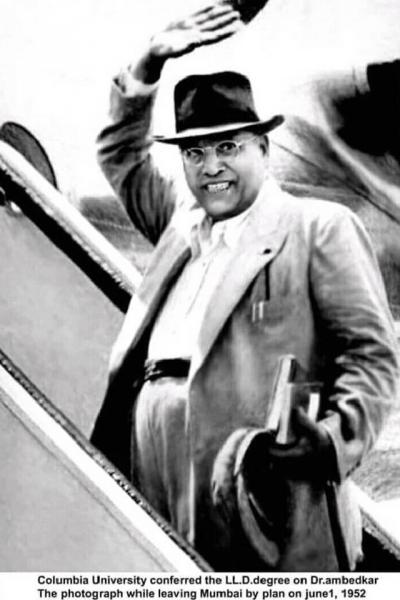
Ambedkar suffered from diabetes. He was bed-ridden from June to October in 1954 due to medication side-effects and poor eyesight.
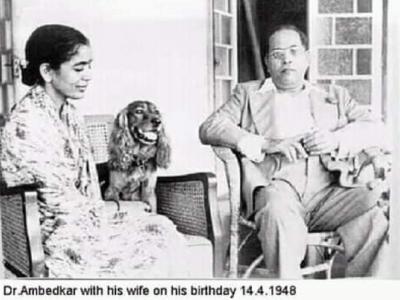
Ambedkar's health worsened during 1955. Three days after completing his final manuscript The Buddha and His Dhamma, Ambedkar died in his sleep on 6 December 1956 at his home in Delhi.

On the anniversary of his birth and death, and on Dhamma Chakra Pravartan Din (14 October) at Nagpur, at least half a million people gather to pay homage to him at his memorial in Mumbai.[101] Thousands of bookshops are set up, and books are sold. His message to his followers was "educate, agitate, organise!"


The Maharashtra government has acquired a house in London where Ambedkar lived during his days as a student in the 1920s. The house is expected to be converted into a museum-cum-memorial to Ambedkar.

Ambedkar's political philosophy has given rise to a large number of political parties, publications and workers' unions that remain active across India, especially in Maharashtra. His promotion of Buddhism has rejuvenated interest in Buddhist philosophy among sections of population in India.


Several movies, plays, and other works have been based on the life and thoughts of Ambedkar. Jabbar Patel directed the English-language film Dr. Babasaheb Ambedkar in 2000 with Mammootty in the lead role

The Education Department, Government of Maharashtra (Mumbai) published the collection of Ambedkar's writings and speeches in different volumes


















